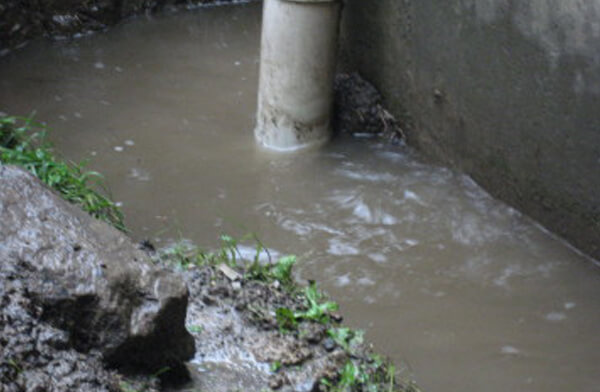Guide To Water Leakage Discovery In The House
Guide To Water Leakage Discovery In The House
Blog Article
They are making several great annotation on the subject of Locating water leaks overall in this content in the next paragraphs.

Early discovery of leaking water lines can alleviate a possible catastrophe. Some tiny water leaks might not be visible.
1. Check Out the Water Meter
Examining it is a guaranteed way that aids you find leaks. If it relocates, that indicates a fast-moving leak. This suggests you might have a slow-moving leakage that could even be underground.
2. Examine Water Intake
Examine your water bills and track your water intake. As the one paying it, you should notice if there are any inconsistencies. If you find sudden changes, regardless of your intake coinciding, it suggests that you have leakages in your plumbing system. Keep in mind, your water expense must fall under the same variety every month. A sudden spike in your expense indicates a fast-moving leakage.
On the other hand, a stable rise monthly, even with the exact same practices, reveals you have a sluggish leakage that's likewise slowly escalating. Call a plumber to completely examine your building, especially if you feel a cozy area on your flooring with piping underneath.
3. Do a Food Coloring Test
When it concerns water usage, 30% comes from bathrooms. Test to see if they are running properly. Drop flecks of food shade in the container as well as wait 10 minutes. If the color somehow infiltrates your dish throughout that time without flushing, there's a leak in between the storage tank as well as dish.
4. Asses Exterior Lines
Don't fail to remember to inspect your outdoor water lines too. Test spigots by connecting a yard hose. Should water permeate out of the connection, you have a loose rubber gasket. Replace this as well as ensure all connections are limited. If you've got an automatic sprinkler, it will aid get it professionally analyzed and maintained yearly. One small leak can lose tons of water and surge your water costs.
5. Evaluate and Analyze the Circumstance
Property owners need to make it a habit to check under the sink counters as well as even inside cupboards for any bad odor or mold and mildew growth. These two warnings suggest a leakage so prompt focus is called for. Doing routine evaluations, also bi-annually, can save you from a major trouble.
If you recognize your residence is already old, keep a watchful eye on your heating systems, tubes, pipes and so on. Look for discolorations and also weakening as the majority of devices and pipelines have a life expectancy. They will also naturally weaken as a result of tear and also put on. If you think leaking water lines in your plumbing system, don't wait on it to intensify. Call a professional plumber today so you do not wind up with a dreadful mess in your home.
Early discovery of leaking water lines can alleviate a possible calamity. Some small water leakages might not be noticeable. Examining it is a proven way that aids you uncover leaks. One tiny leak can waste loads of water and also increase your water expense.
If you think leaking water lines in your plumbing system, don't wait for it to escalate.
WARNING SIGNS OF WATER LEAKAGE BEHIND THE WALL
PERSISTENT MUSTY ODORS
As water slowly drips from a leaky pipe inside the wall, flooring and sheetrock stay damp and develop an odor similar to wet cardboard. It generates a musty smell that can help you find hidden leaks.
MOLD IN UNUSUAL AREAS
Mold usually grows in wet areas like kitchens, baths and laundry rooms. If you spot the stuff on walls or baseboards in other rooms of the house, it’s a good indicator of undetected water leaks.
STAINS THAT GROW
When mold thrives around a leaky pipe, it sometimes takes hold on the inside surface of the affected wall. A growing stain on otherwise clean sheetrock is often your sign of a hidden plumbing problem.
PEELING OR BUBBLING WALLPAPER / PAINT
This clue is easy to miss in rooms that don’t get much use. When you see wallpaper separating along seams or paint bubbling or flaking off the wall, blame sheetrock that stays wet because of an undetected leak.
BUCKLED CEILINGS AND STAINED FLOORS
If ceilings or floors in bathrooms, kitchens or laundry areas develop structural problems, don’t rule out constant damp inside the walls. Wet sheetrock can affect adjacent framing, flooring and ceilings.
https://www.servicemasterbyzaba.com/blog/how-to-detect-water-leakage-in-walls/

Do you really like more info about Finding hidden leaks? Try leaving a remark directly below. We would be interested to see your views about this blog post. In hopes that you visit us again before long. Do you know somebody else who is in the market for the niche? Take a moment to share it. I treasure reading our article about Detecting hidden plumbing leaks.
Report this page